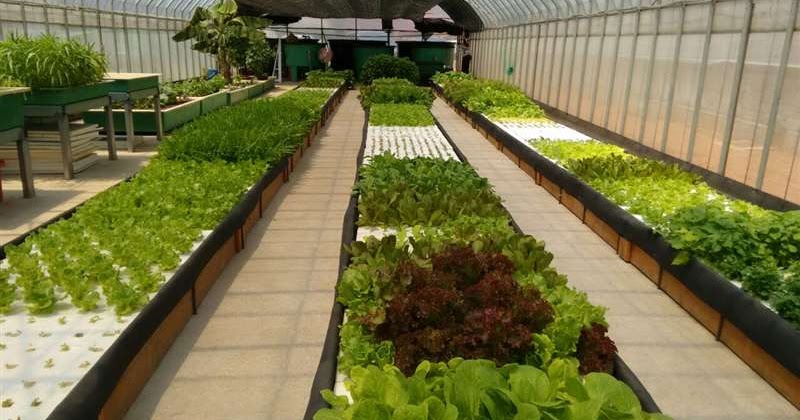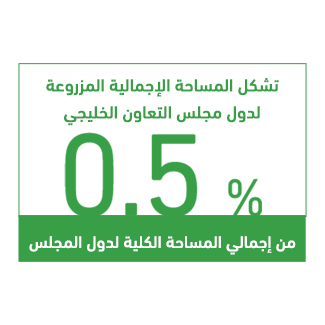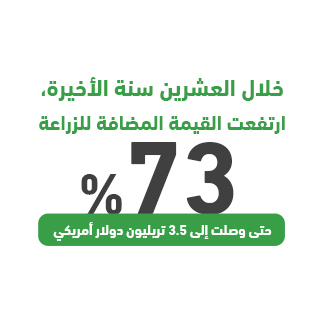Mashroo3k Consulting Company offers a comprehensive feasibility study for an aquaponics farm project in the Sultanate of Oman, with the highest profitability and the best recovery period, through precise studies of the Omani market, competitor strategy analysis, and competitive pricing proposals.

The aquaponics system combines growing plants with fish farming; this system relies on fish waste to feed the plants, while the plants in turn filter the water for the fish, by following a cycle that prevents the nitrates resulting from fish waste and leftover feed from turning into ammonia, which is harmful to fish; the plant absorbs the natural nitrates as an organic fertilizer and prevents the nitrates from converting into ammonia. mashroo3k Company offers specialized feasibility studies for investors wishing to invest in an aquaponics farm in the Sultanate of Oman, based on updated databases specific to the Omani market, which helps ensure the project’s success, achieve the highest profit returns, and the best payback period.



Utilization of the latest aquaculture technologies.
Products compliant with approved health regulations.
Easy transportation of fresh fish.
Adherence to proper storage standards for fish and plants.
Executive summary
Study project services/products
Market Size Analysis
Risk Assessment
Technical study
Financial study
Organizational and administrative study

There is no doubt that the agricultural sector holds great importance in today’s global economies. It contributes to achieving self-sufficiency and food security, reduces unemployment, alleviates poverty, and serves as the primary source of raw materials for numerous manufacturing industries. Around 935.6 million people are employed in this vital sector, representing 28.3% of the global workforce.
According to the latest statistics, the total crop production in the GCC countries is estimated at around 8.7 million tons, with Saudi Arabia alone contributing 60.5% of the total production. Oman follows with approximately 19.1%, and the UAE with 12.5%, while the remaining percentage is shared among the other GCC countries.
Vegetables make up 41% of the total crop production in the region. They are the leading agricultural product in Kuwait, Bahrain, Qatar, Oman, and Saudi Arabia.
Saudi Arabia leads the region in vegetable production, contributing 55.1% of the total.
Grains account for 7% of total crop production in the GCC (approximately 1.9 million tons), with the UAE leading in this category, contributing 42.9% of the total.
The total quantity of fish caught in the GCC is estimated at 740 thousand tons, with Oman accounting for 74.8% of this total.
There are 124,700 fishermen in the GCC, with 40% of them in Oman and 33% in the UAE.
The number of fishing boats in the region is 41,100, of which Oman possesses 57.7%, followed by Saudi Arabia with 26.6%.
Despite these figures, the contribution of the agricultural sector to global GDP does not exceed 4%. This percentage must be reconsidered in light of the future: by 2050, the global population is expected to exceed 9 billion people, and the agricultural sector will be solely responsible for feeding this population and protecting it from hunger.
The total land area of the GCC countries is approximately 2.4 million square kilometers, of which 11.8 thousand square kilometers are cultivated—representing just 0.5% of the region’s total land area.
Across most GCC countries, cultivated land makes up less than 1% of total land area—except for Bahrain, where cultivated land represents 4.8% of the total.
Fruit production in the GCC is expected to flourish in the coming years, with a compound annual growth rate (CAGR) of 3.8%.
Over the past 20 years, the value added by agriculture has increased by 73%, reaching USD 3.5 trillion.
Agriculture represents 4% of the total global GDP.
The sector employs 874 million people, accounting for around 27% of the global labor force.
The total agricultural land area globally is 4.8 billion hectares, divided into:
3.2 billion hectares of pastures and meadows.
1.6 billion hectares of cultivated crops.
Global Primary Production Volumes:
9.4 billion tons of crops.
337 million tons of red and white meat.
883 million tons of fruit.
1.128 billion tons of vegetables.
201 million tons of vegetable oils.
883 million tons of dairy products.
83 million tons of eggs.

According to data from the Food and Agriculture Organization of the United Nations (FAO), hunger is on the rise, with the number of people suffering from undernourishment reaching 770 million worldwide—a staggering figure that we hope agriculture can help reduce through its output.
It is worth noting that global agricultural land has decreased by 127 million hectares between 2000 and 2019—an area roughly the size of Niger. Similarly, forest areas shrank by 94 million hectares during the same period, equivalent to the size of the United Republic of Tanzania.
Undoubtedly, these figures are somewhat alarming, especially considering the growing global population. For this reason, “Mashroo3k” Consulting supports investing in the agricultural sector, aiming to meet the increasing demand for food and contribute to global food security.